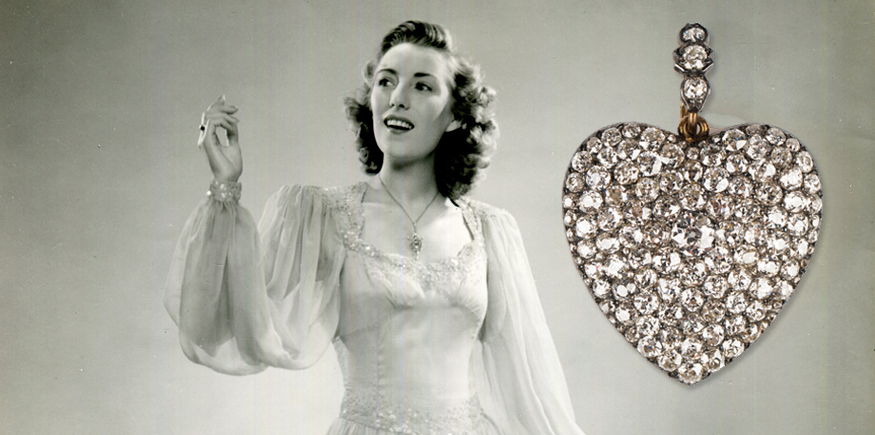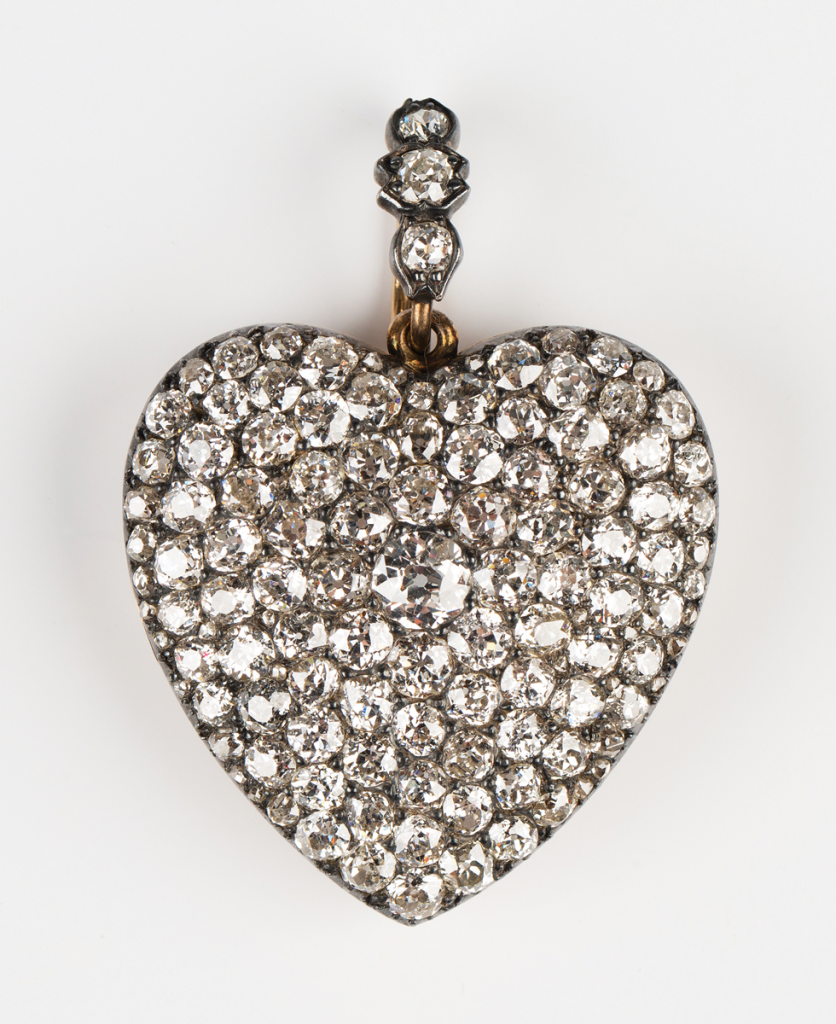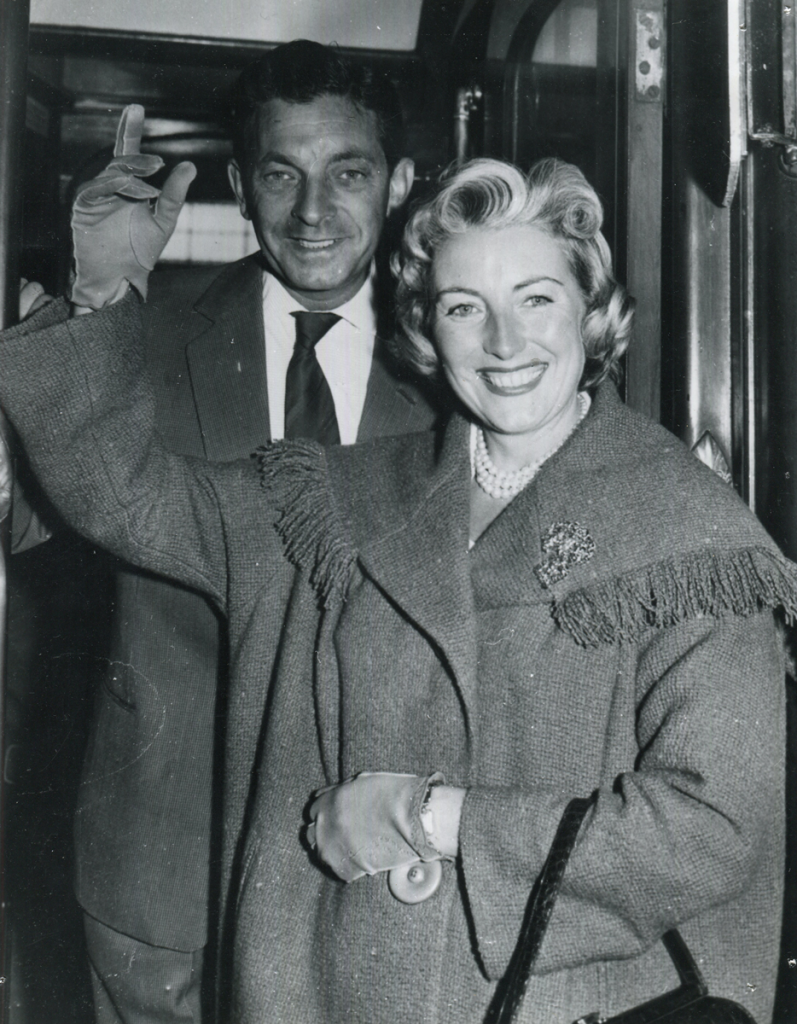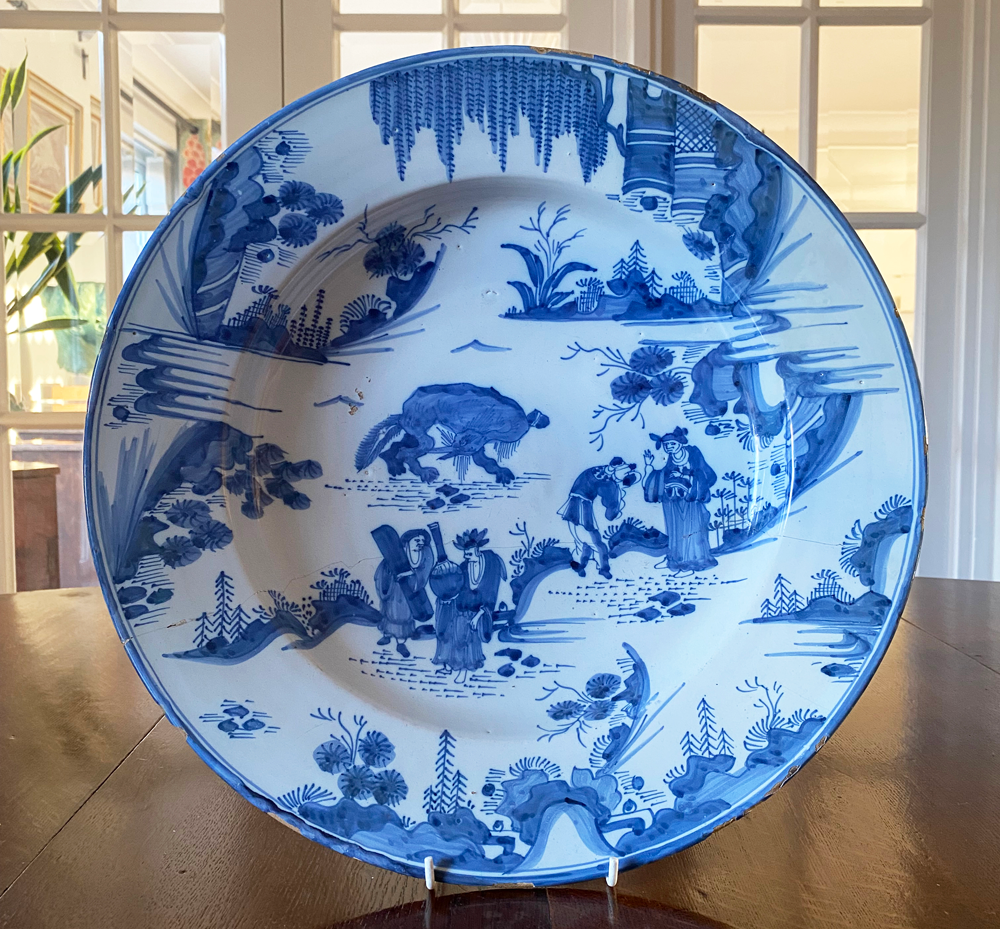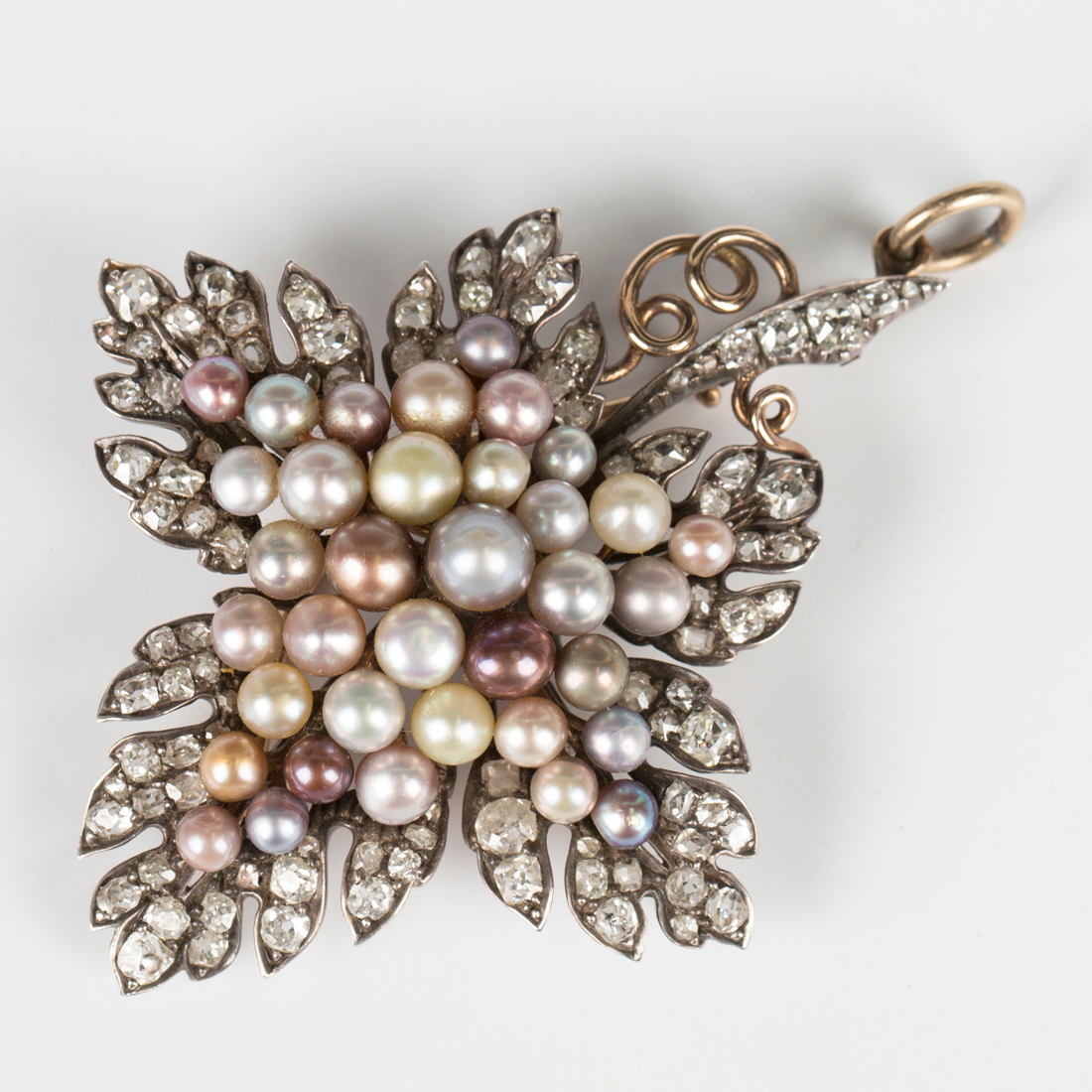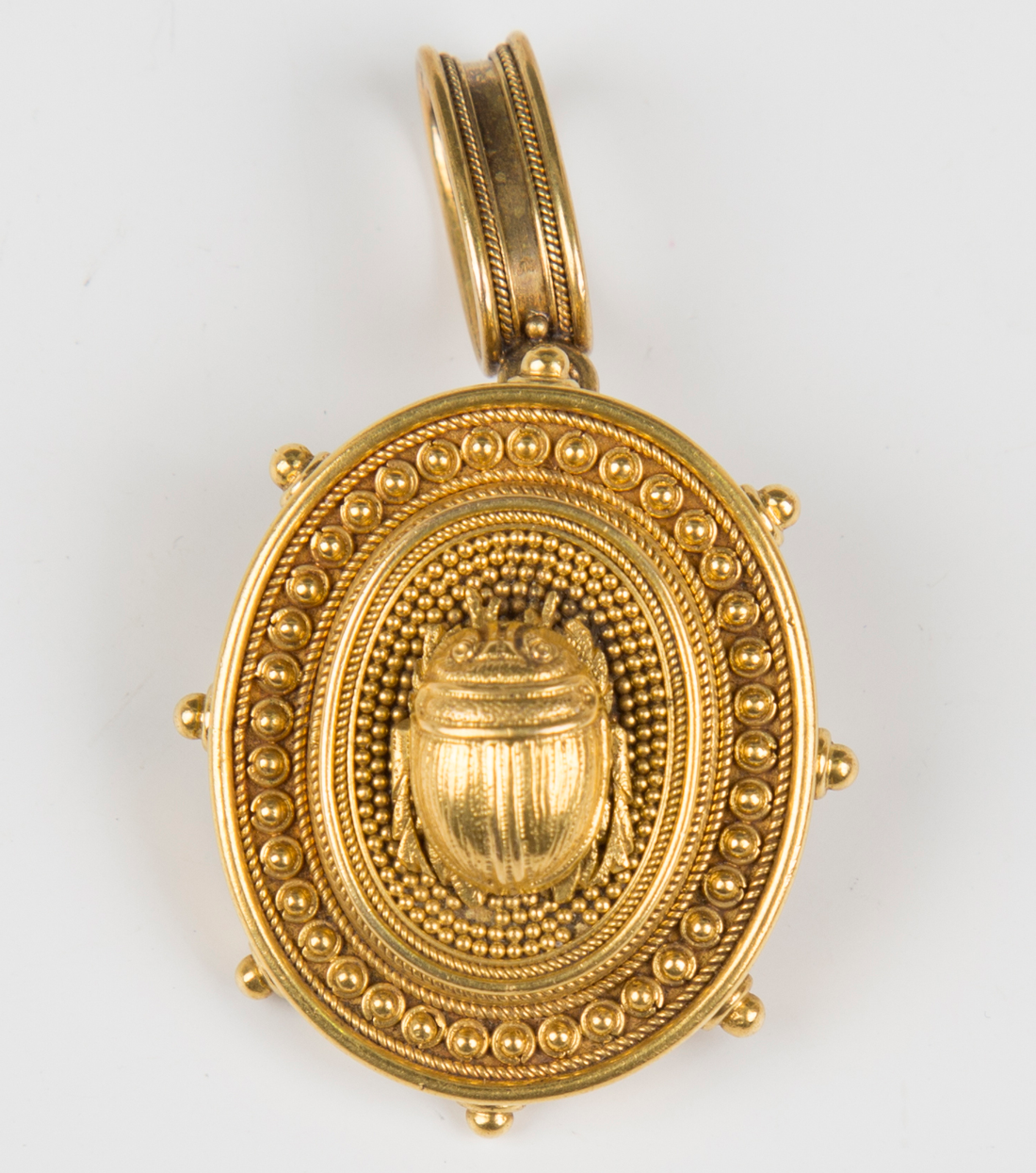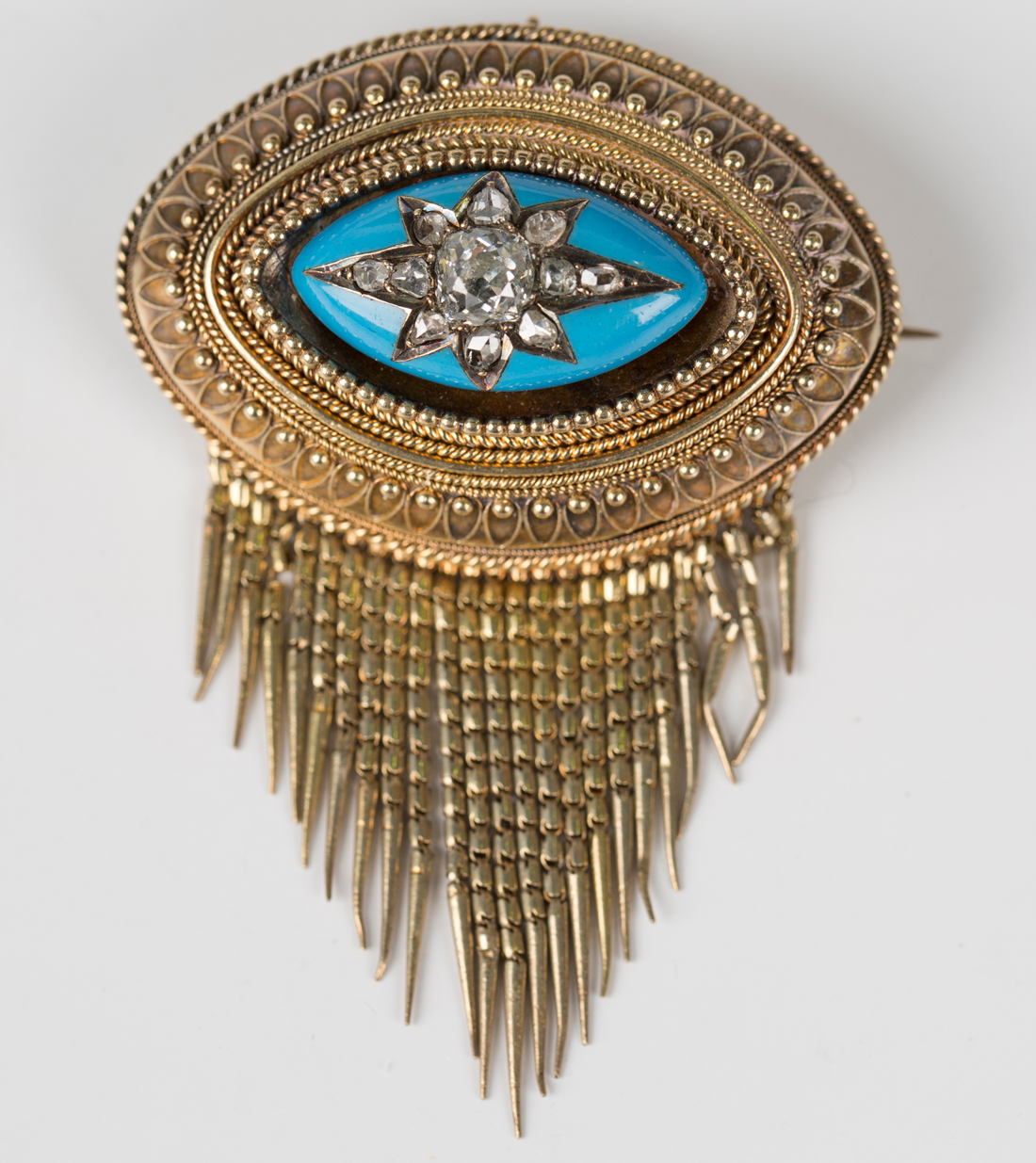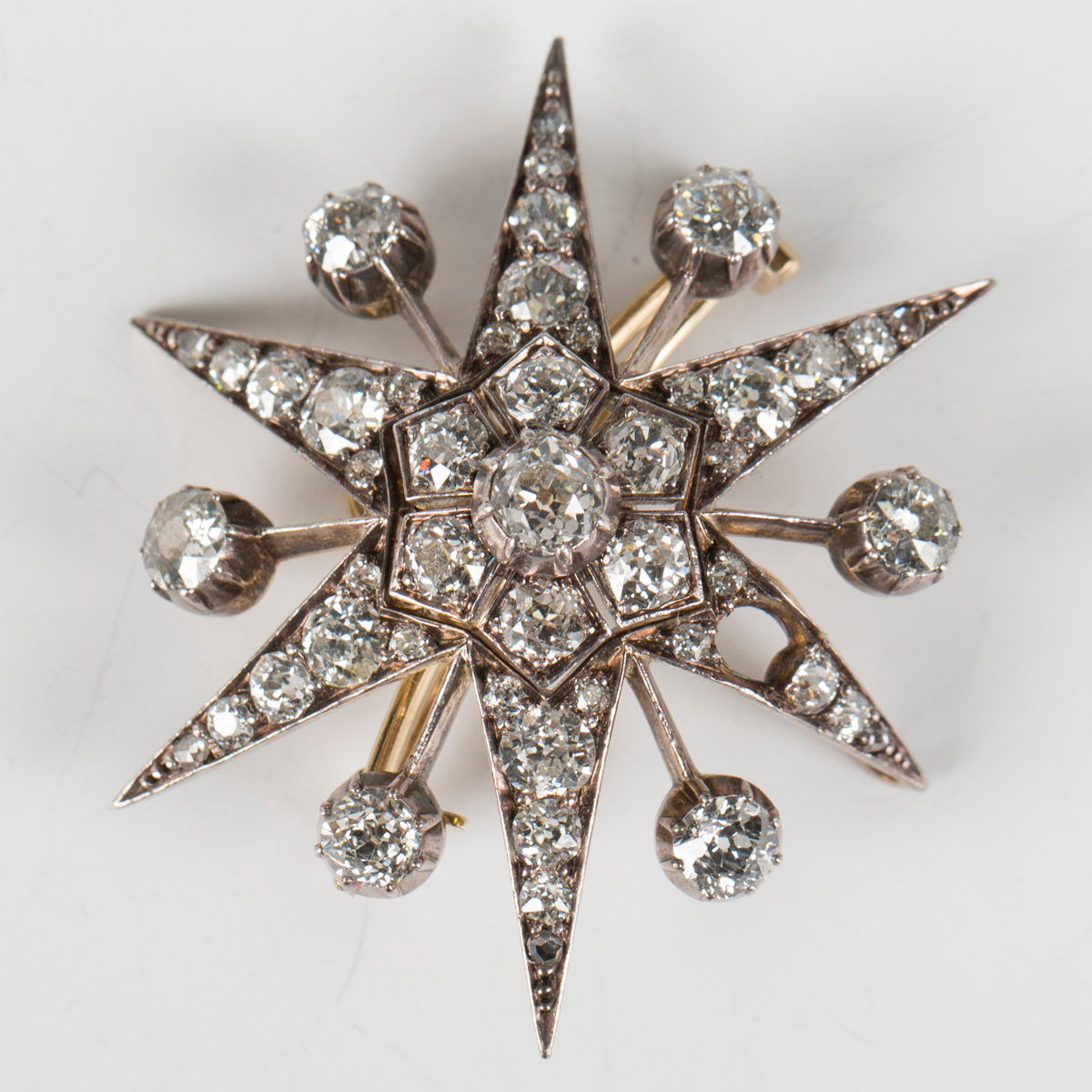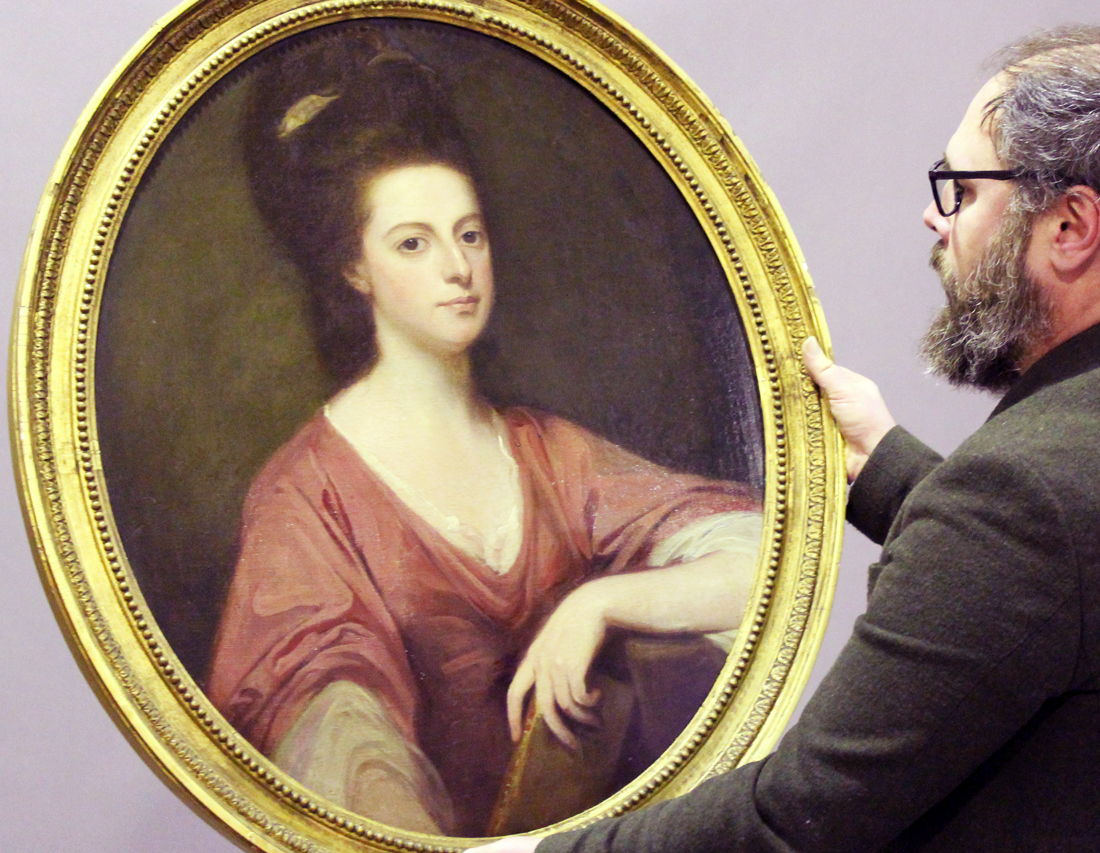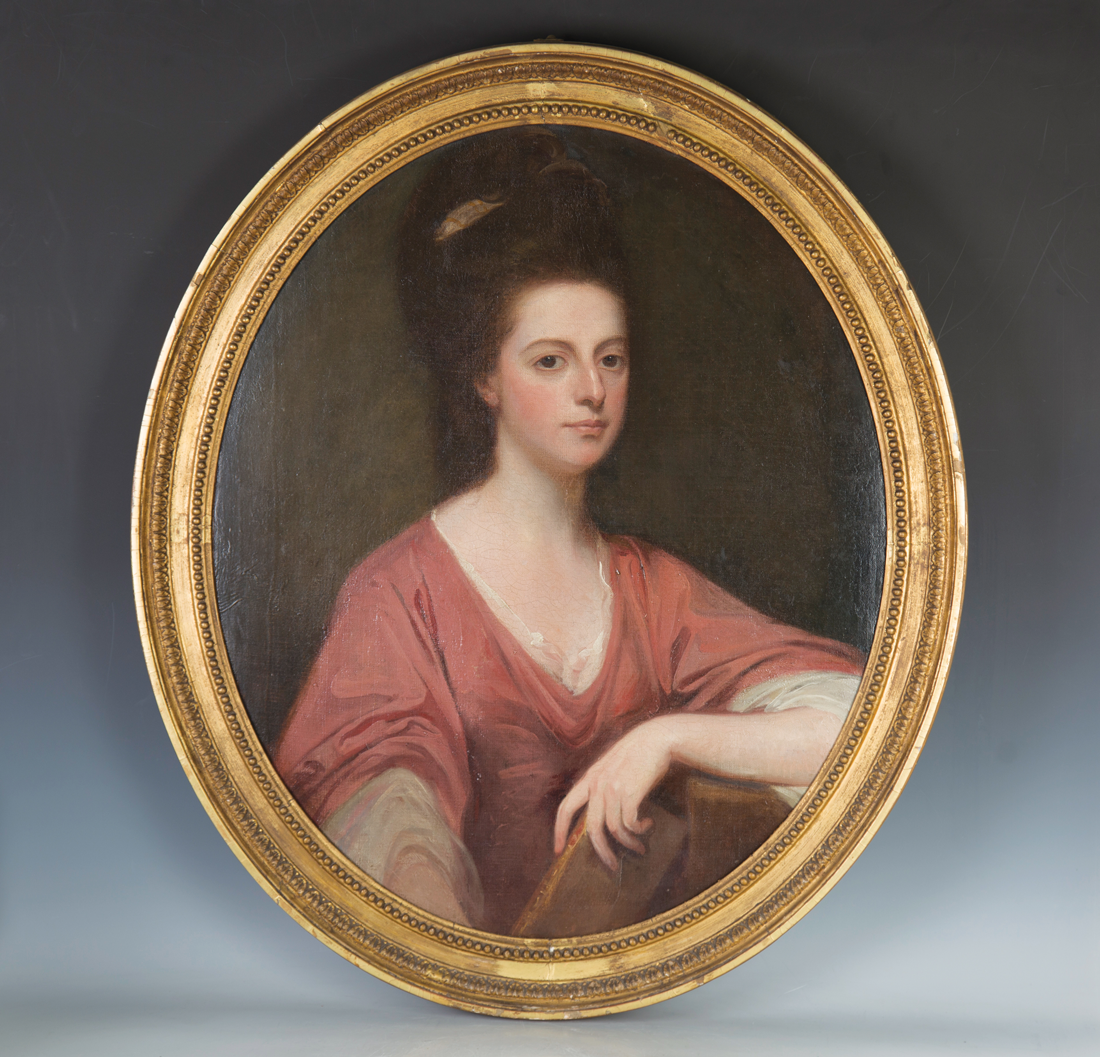
Nothing can prepare you for the scale, drama and beauty of John Hitchens’ work. Following on from his important and celebrated retrospective exhibition Aspects of Landscape at Southampton City Art Gallery in 2020 John Hitchens’ work is the subject of a selling exhibition, Convergence, at the Felix and Spear Gallery in London.
Born in 1940 John Hitchens has spent most of his life living in the Sussex landscape which continues to inspire him.
The perspective of the paintings and three-dimensional works converge gifting the viewer with a sense of inhabiting, of being present in a landscape. The show focuses on John Hitchens’ artistic output during the first decades of the 21st century.
A period of aerial photography over the South Downs and a love of maps with their contours were the catalysts for these increasingly abstract landscapes from the last twenty years. Forms are reduced to a series of lines, dots, circles and patterns which provide motifs for the shapes created by ploughing and harvesting. The dots and the black areas in the compositions recall burnt stubble, a sight no longer part of our landscape. As you stop and stare subtle details reveal themselves. They reflect our human relationship with the land and our influence on the landscape. These qualities are reflected in the painting Convergence with its dramatic charcoal ground. The dots and furrows are expressed in earth hues.
Throughout his career John has often renewed his exploration in art by putting to one side those things which have been central to his work, brushwork, the relationship of the sky to the land, in order to develop and evolve his artistic voice and creativity. He has described how, in order to move forward, he got rid of the skyline by ‘tipping the land up’.
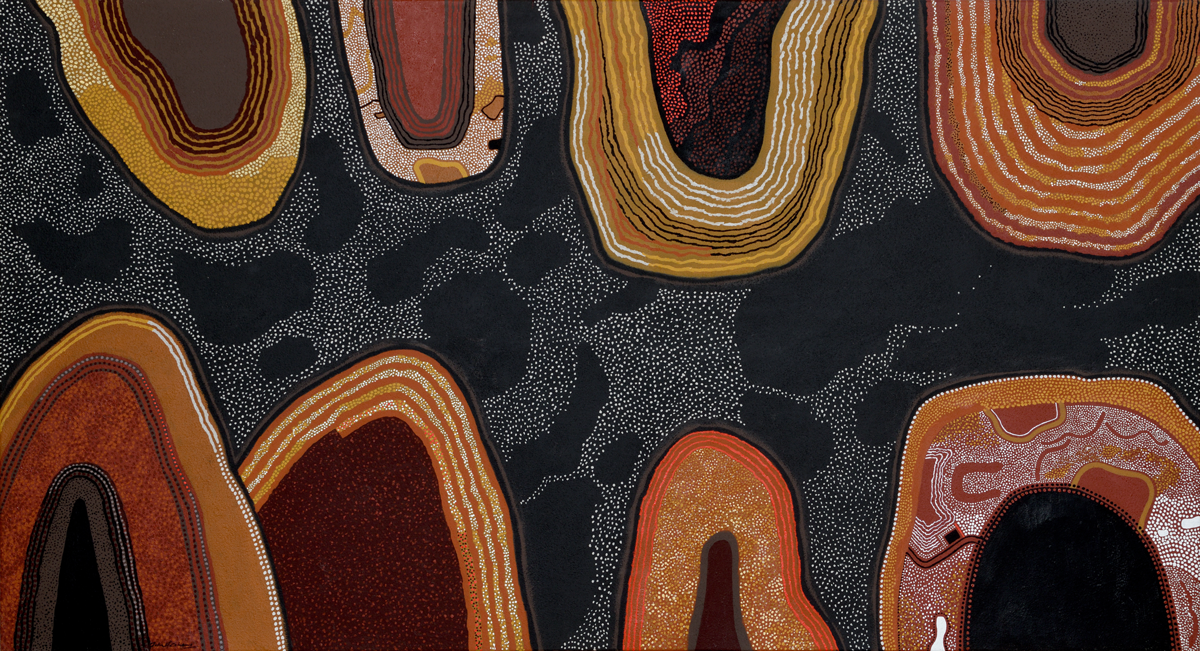
Although these points of decisive change can appear revolutionary he is a processional artist whose art remains about the landscape he is rooted in. His early work was painted en plein air but today John works in his studio giving voice to the unspoken conversations between found objects, nature, the landscape and music in his art.
John Hitchens’ prodigious creativity is born out of a generous discipline of ‘looking quietly’. There is a profound sense of inhabiting, of being truly present in the landscape in his work. He describes painting as a ‘calling’. His artistic practice is driven by both curiosity and delight in the familiar woods, fields, coast and Downs of Sussex. His life and art lend credence to the truth that you can journey far by remaining in the same place.
John Hitchens – Convergence runs until 27th March 2022 and John will be at the gallery between 12 noon and 3.00pm this coming Saturday 12th March 2022. To find out more visit www.johnhitchens.com.
